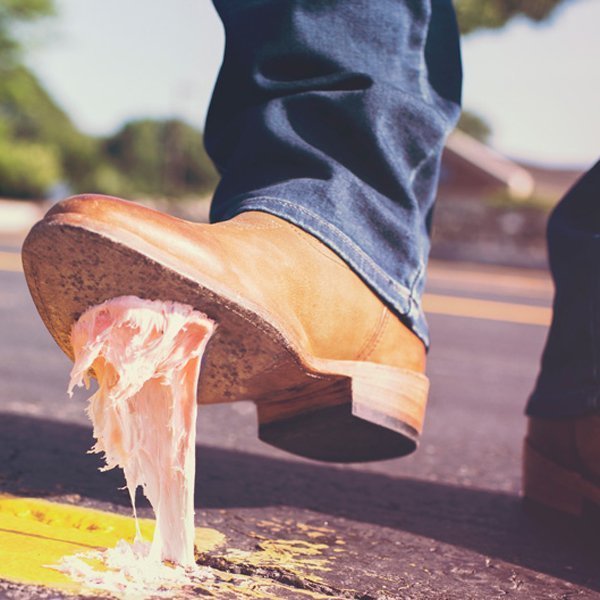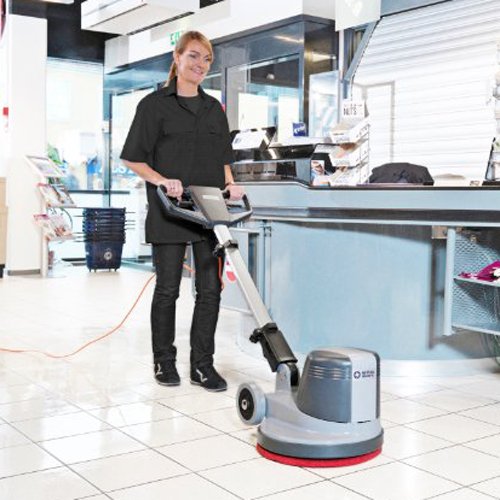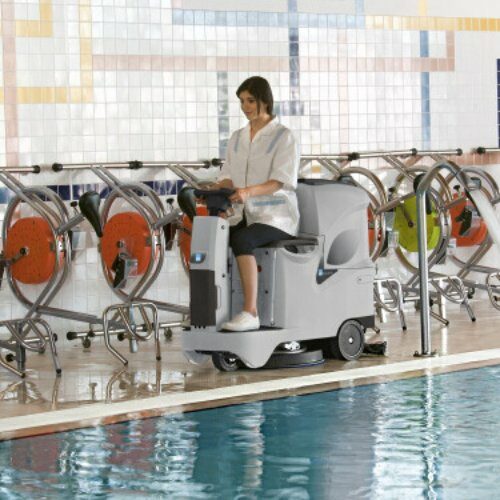How to Operate a Walk-Behind Rotary Buffer and Scrubber
Operating a Walk-Behind Rotary Buffer and Scrubber might seem like a daunting task at first, but fear not! In this guide, we will walk you through the process step by step, ensuring that you become proficient in handling this powerful cleaning tool. From understanding its components to mastering the techniques, we’ve got you covered.
Getting to Know Your Walk-Behind Rotary Buffer and Scrubber

Before we delve into the operational aspects, let’s acquaint ourselves with the key components of the Walk-Behind Rotary Buffer and Scrubber:
1. The Body: Sturdy Yet Agile
Your machine’s body houses the motor, brushes, and water tank. Despite its robustness, it’s designed for easy manoeuvrability.
2. The Brushes: Your Cleaning Partners
The brushes come in various materials suited for different floor types. Understanding the right brush for your surface is crucial for optimal cleaning.
3. The Control Panel: Your Command Centre
Familiarise yourself with the control panel. It’s where you adjust settings like brush speed and water flow, giving you precise control over your cleaning process.
Mastering the Art of Operation

Now that you know the basics, let’s dive into the operational steps.
4. Safety First: Gear Up!
Before you start, wear appropriate safety gear: gloves and safety goggles are a must. Safety should always be your top priority.
5. Prepping Your Machine: Priming for Performance
Ensure your machine is clean, and the brushes are in good condition. Check the water tank and cleaning solution levels. Everything in order? Great, you’re ready to roll!
6. Adjusting Settings: Tailoring to Your Needs
Set the brush speed and water flow according to your floor type. Lower speeds work well for delicate surfaces, while higher speeds are suitable for tough stains.
7. The Perfect Technique: Mastering the Movements
Operate the machine in straight, overlapping lines for efficient cleaning. Keep a steady pace; rushing can affect the cleaning quality.
8. Dealing with Stubborn Stains: A Little Extra Effort
For tough spots, engage the rotary buffer mode. This exerts more pressure, aiding in stain removal without damaging the floor.
9. Post-Cleaning Care: Machine and Floor
After use, clean your machine thoroughly. Empty and rinse the water tank, clean the brushes, and store your equipment in a dry, cool place.
Conclusion

Mastering the operation of a Walk-Behind Rotary Buffer and Scrubber is a valuable skill. With the right knowledge and technique, you can transform any floor into a spotless, gleaming surface. Remember, practice makes perfect. So, gear up, adjust your settings, and let your floors shine!
FAQs About Walk-Behind Rotary Buffer and Scrubber
1. How often should I clean the brushes of my rotary buffer and scrubber?
Cleaning the brushes after every use is ideal. This practice ensures optimal performance and extends the life of your machine.
2. Can I use the same machine on different floor types?
Yes, but you must change the brushes according to the floor type. Soft brushes work well for polished surfaces, while harder brushes are suitable for rougher floors.
3. Is it necessary to use a specific cleaning solution with the machine?
While specific solutions are recommended, you can use alternatives. However, ensure the solution is compatible with your machine and the floor type you are cleaning.
4. How do I troubleshoot if my machine isn’t working properly?
Check the power supply, brushes, and water flow. If the issue persists, consult the user manual or contact the manufacturer for professional assistance.
5. Can I use a Walk-Behind Rotary Buffer and Scrubber for outdoor surfaces?
No, these machines are designed for indoor use. Using them outdoors might damage the components and compromise performance.
Check out our range of Walk-Behind Rotary Buffer and Scrubber
For more training information, see our Training Academy and Cleaning Machine ‘How To’ Videos
Contact us for any queries
Cleaning Equipment Services Ltd hire and sell a wide range of top-of-the-line cleaning equipment from industrial vacuums and floor scrubbers to pressure washers and floor polishers etc. We’re always available to answer any questions and provide guidance on the best cleaning methods and procedures. We’re also very patient and accommodating with explaining the operation and maintenance of the equipment.


























